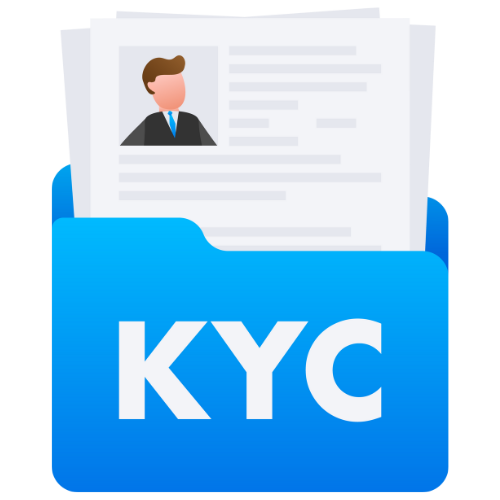How to Handle Insolvency and Bankruptcy in an LLP
Learn how to navigate insolvency and bankruptcy in a Limited Liability Partnership (LLP) with our comprehensive guide. Understand the steps to take, legal obligations, and key considerations to help you effectively handle financial difficulties in an LLP.
How to Handle Insolvency and Bankruptcy in an LLP
Managing financial difficulties in a Limited Liability Partnership (LLP) can be a challenging and stressful situation. However, with the right understanding of the steps to take, legal obligations, and key considerations, you can effectively navigate insolvency and bankruptcy in an LLP. In this comprehensive guide, we will walk you through the process of handling insolvency and bankruptcy in an LLP, from debt management to creditor negotiations and potential outcomes such as dissolution or restructuring.
Understanding Insolvency and Bankruptcy in an LLP
Before delving into the specifics of how to handle insolvency and bankruptcy in an LLP, it's crucial to understand the definitions of these terms. Insolvency occurs when an LLP is unable to pay its debts as they fall due, while bankruptcy is a legal process that involves the formal declaration of insolvency.
As an LLP, you have a duty to act in the best interests of the partnership and its creditors, especially when facing financial difficulties. Failing to address insolvency or bankruptcy appropriately can lead to severe consequences, including personal liability for partners.
Debt Management and Legal Obligations
When an LLP is experiencing financial difficulties, it's essential to prioritize debt management and fulfill your legal obligations. This includes keeping accurate financial records, assessing the partnership's financial position, and seeking professional advice from insolvency practitioners or legal experts.
As part of your legal obligations, you must act in good faith and avoid any actions that could harm creditors or worsen the partnership's financial situation. This may involve implementing cost-cutting measures, negotiating with creditors, or exploring alternative sources of funding to keep the business afloat.
Creditor Negotiations and Restructuring Options
Effective communication with creditors is key to managing insolvency and bankruptcy in an LLP. By being transparent about the partnership's financial situation and proposing realistic repayment plans, you may be able to reach agreements that benefit both parties.
If the LLP's financial difficulties are severe, you may need to consider restructuring options such as a Company Voluntary Arrangement (CVA) or Administration. These processes can provide a lifeline for the partnership by restructuring debts, selling assets, or renegotiating contracts to achieve a more sustainable financial position.
Insolvency Process and Bankruptcy Laws
If efforts to turn the partnership's financial situation around prove futile, you may need to navigate the formal insolvency process. This involves appointing an insolvency practitioner to oversee the proceedings, notify creditors, and assess the best course of action for the LLP.
Under bankruptcy laws, the assets of the LLP may be liquidated to repay creditors, and the partnership may be dissolved. Partners may also face personal bankruptcy if they are unable to cover the debts of the LLP. It's crucial to seek legal advice to understand your rights and obligations throughout the insolvency process.
Potential Outcomes: Dissolution and Restructuring
When an LLP is insolvent or facing bankruptcy, the ultimate outcome may involve dissolution or restructuring. Dissolution involves winding up the partnership, selling assets, and distributing proceeds to creditors according to priority. Partners may also face disqualification from acting as directors in the future.
Alternatively, restructuring the LLP through a CVA or Administration can offer a chance for the partnership to survive and continue trading. By renegotiating debts, reducing costs, and implementing operational changes, the LLP may be able to overcome financial difficulties and emerge stronger.
In conclusion, handling insolvency and bankruptcy in an LLP requires careful consideration, effective communication with creditors, and compliance with legal obligations. By prioritizing debt management, seeking professional advice, and exploring restructuring options, you can navigate financial difficulties in an LLP and mitigate the risks of personal liability.
Remember that seeking timely assistance from insolvency practitioners and legal experts is crucial to making informed decisions and protecting the interests of the partnership and its creditors. By approaching insolvency and bankruptcy in an LLP with a proactive and strategic mindset, you can work towards achieving a positive outcome and safeguarding the future of the partnership.
Latest Updates
ca4filings.com Services

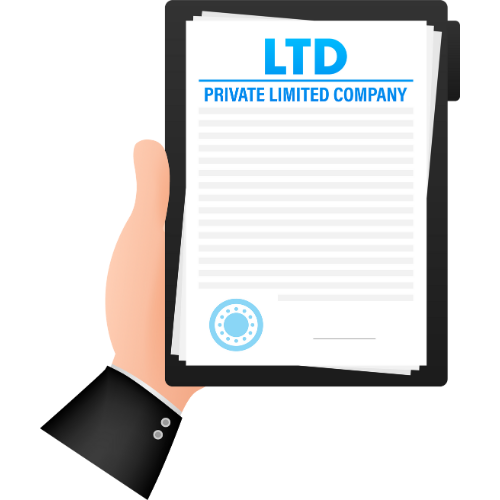








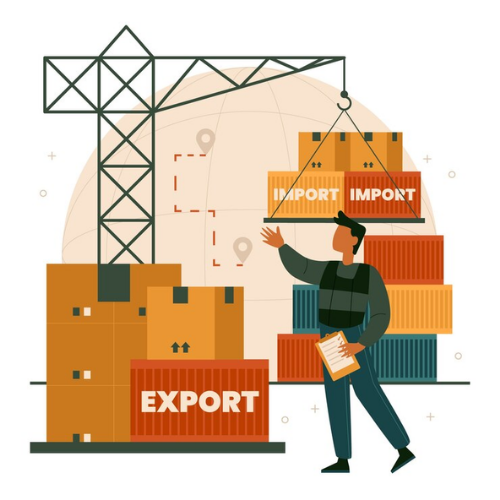
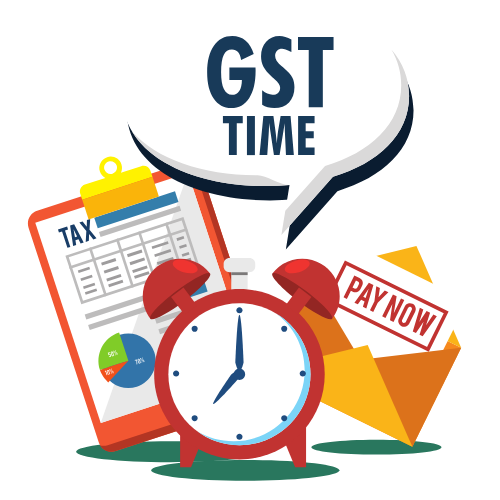



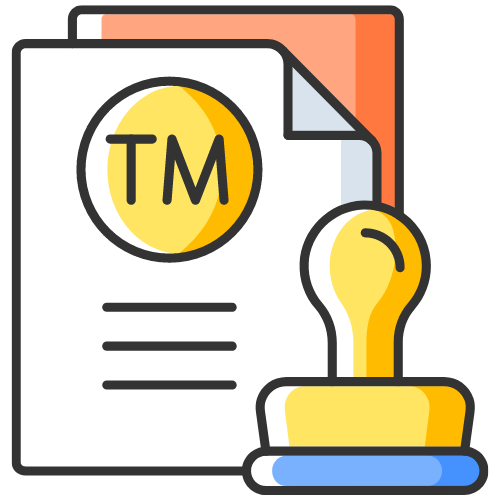










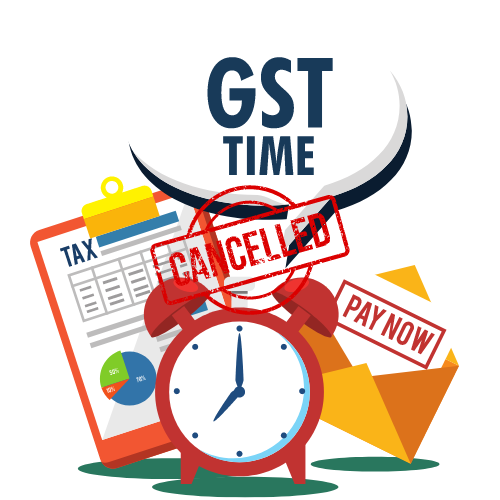

-registration.png)



